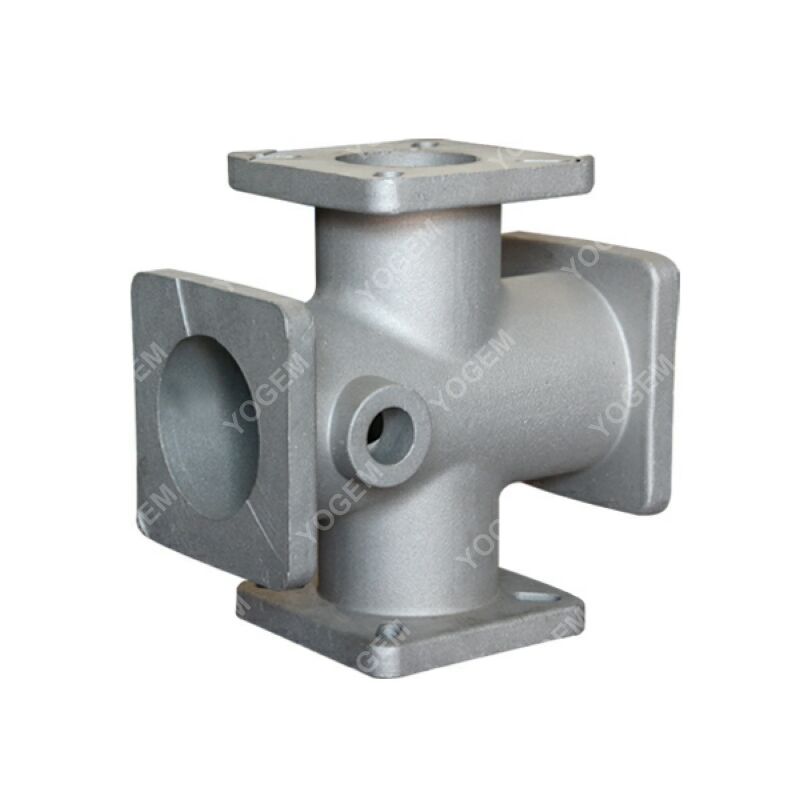Aluminum casting is a fascinating process that has been pivotal in shaping modern industries. In this article, we will delve into the world of aluminum casting, exploring its techniques, applications, and the key factors that make it such a crucial aspect of the manufacturing landscape. From its historical significance to its contemporary uses, we will embark on an enlightening journey through the world of aluminum casting.

Aluminum Casting is a precise and intricate process that blends artistry with scientific principles. It involves melting aluminum and pouring it into molds to create various components. Let's take a closer look at the different aspects of this fascinating craft.
Aluminum casting comes in various forms, including:
Sand Casting: This traditional method involves creating molds from compacted sand. It's ideal for complex shapes.
Die Casting: Utilizing reusable molds, die casting is known for its accuracy and efficiency.
Investment Casting: Also known as lost-wax casting, this method is ideal for intricate designs.
Permanent Mold Casting: Employing reusable metal molds, this technique is suitable for high-volume production.
The aluminum casting process begins with the meticulous melting of aluminum alloys. The molten metal is then poured into molds, where it solidifies to form the desired shape. This process is not only precise but also eco-friendly, as aluminum can be recycled indefinitely.
Aluminum casting finds its applications in a multitude of industries:
Automotive Industry: From engine components to wheels, aluminum casting is a game-changer for vehicle manufacturing.
Aerospace: Aluminum's lightweight properties make it perfect for aircraft components.
Construction: It plays a pivotal role in shaping the modern world, with applications in building components.
Consumer Electronics: The casings of laptops and smartphones often use aluminum casting.
Industrial Machinery: The durability and precision of aluminum casting are essential in machinery production.
Cast Aluminum wouldn't be what it is without the use of alloys. Aluminum alloys are carefully chosen to meet specific requirements, such as strength, durability, and corrosion resistance. The choice of alloy can significantly impact the performance of the cast part.
Aluminum casting is favored for its lightweight properties, corrosion resistance, and excellent thermal conductivity, making it ideal for a wide range of applications.
Yes, aluminum is recyclable, making it an eco-friendly choice. The recycling process consumes significantly less energy compared to primary aluminum production.
Indeed, aluminum casting can produce intricate and complex shapes with high precision, thanks to various casting methods like investment casting and die casting.
The time required for an aluminum casting project can vary widely depending on factors like the complexity of the design and the casting method used. It can range from hours to days.
While aluminum casting is versatile, it may not be suitable for extremely high-temperature applications, as aluminum has a lower melting point compared to some other metals.
The future of aluminum casting is promising, with advancements in technology and material science leading to even more efficient and sustainable casting methods.
Aluminum casting is a testament to human innovation and creativity, blending art and science to craft components that shape the modern world. From intricate designs to industrial machinery, its applications are diverse and impactful. This age-old technique continues to evolve, promising a bright and sustainable future. So, next time you encounter an aluminum product, you'll appreciate the craftsmanship that goes into it.
Copyright:@2020-2021
Comments Please sign in or sign up to post.
0
0 of 500 characters used